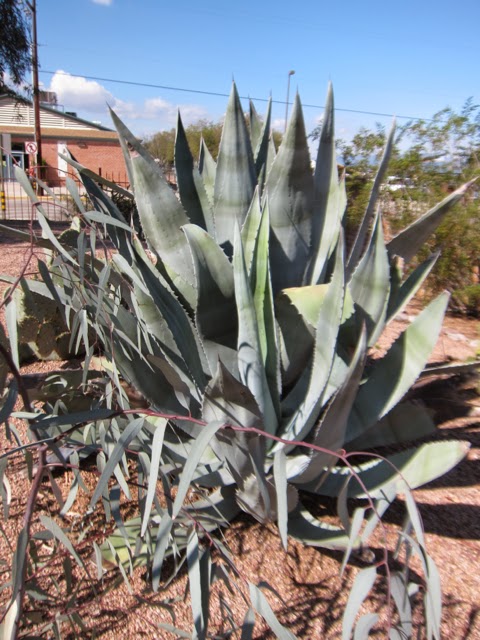Has anyone ever
bought a previously owned house and said, “It’s just perfect. I wouldn’t change
a thing?” That may happen occasionally, but most of us want to put our own
mark on a place – reconfigure, repaint, tear out carpet or lay some down.
That’s how it is
with the kids’ new house. It was built in 1951 but had an interior room
addition as well as an Arizona room sometime along the way. The Arizona room
went away first. Its roof leaked and the wood was rotten. Several of the walls
in the main house are covered with floor to ceiling mirrors – the room
addition, the entryway, and the guest bathroom. They make large spaces appear too
large and small spaces seem claustrophobic. Those will go eventually, but in
the meantime there was one backyard feature no one could abide.
The fountain took
up a large part of the yard between the main house and the two casitas. What’s
more, it was hideous.
Here it is in the first stage of demolition.
Here it is in the first stage of demolition.
Now it’s just a
hole with a remaining ugly structure of red rock and cement. That, too, soon will
disappear.
Only one part of
the fountain structure will survive. His new home is near the door of the
studio casita. He stands beneath a little grove of Texas mountain laurel,
piping a welcome.
Now all that remains to be removed is a stand of cactus and some of the patio pavers.
Someday soon a little citrus grove will fill this space, with a fig tree to
boot. That’s how we plan to reconfigure, to put our mark on the place.
Copyright
2015 by Shirley Domer












